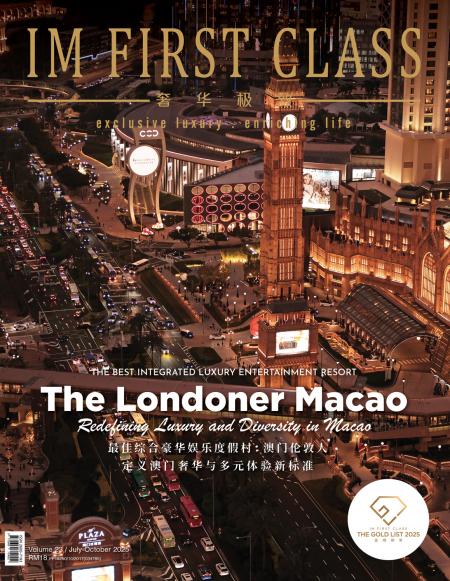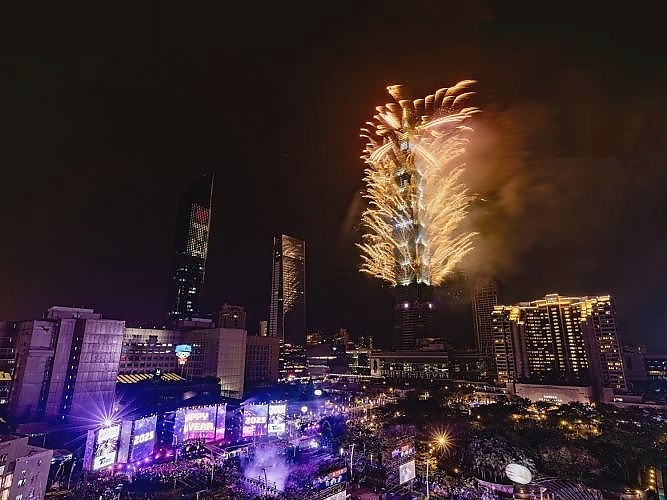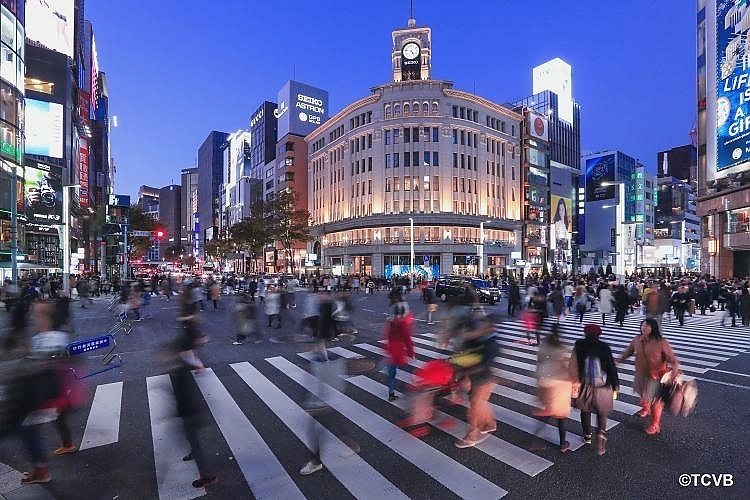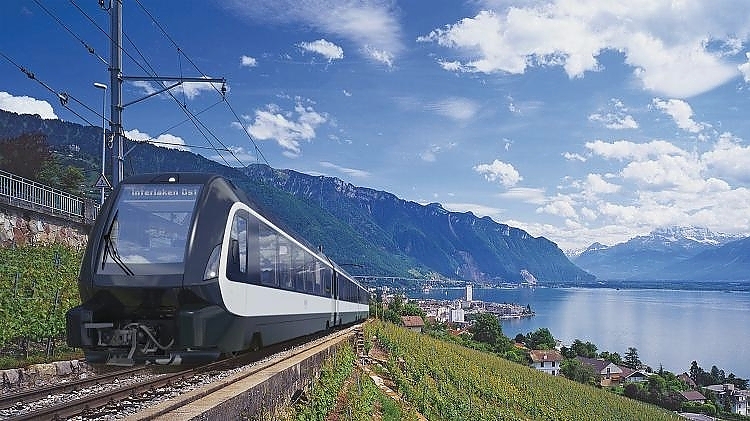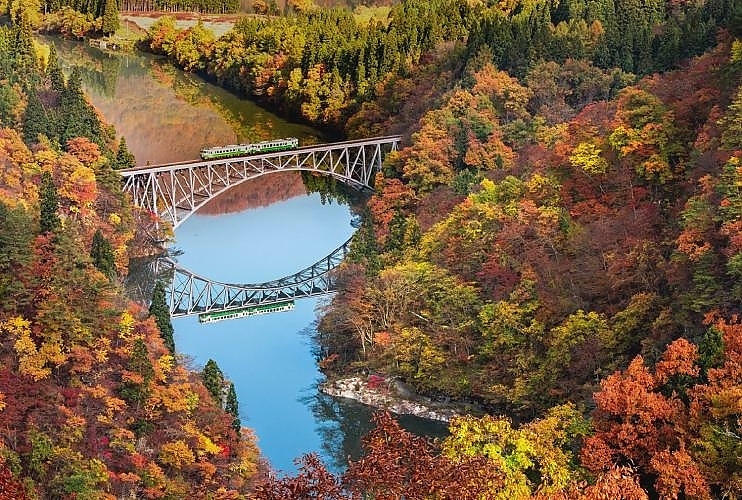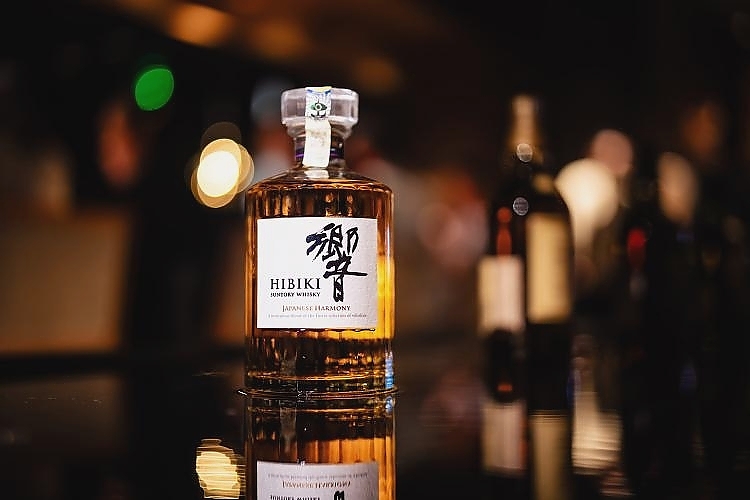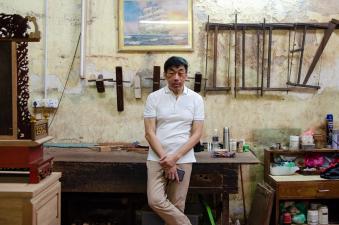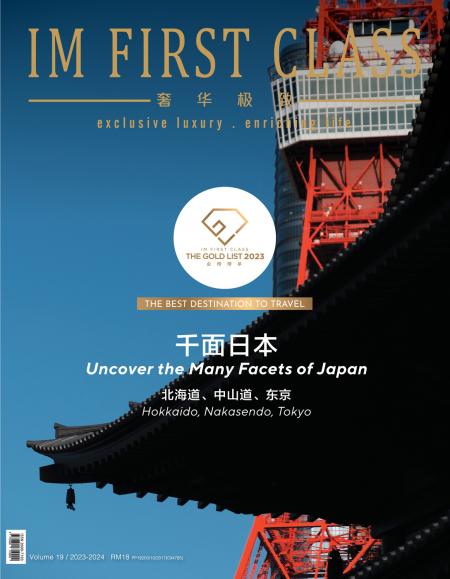Explore a section of the famous Nakasendo walking trail and visit two charming historical towns, Tsumago and Magome, along the way.


The Nakasendo, one of Japan’s five major routes during the Edo period, served as a vital artery connecting Tokyo (Edo) to Kyoto. It commences at the Nihonbashi Bridge in Tokyo and stretches approximately 534 kilometres to its terminus at the Sanjo Ohashi Bridge in Kyoto.
Renowned for its breathtaking natural landscapes, towns steeped in historical ambiance, and the 69 rest stations situated along the route, the Nakasendo has lured countless travellers, especially those with a keen interest in Japanese history, architecture, and hiking. Among these stations, the most famous ones include Magome-juku in Gifu Prefecture and Tsumago-juku in Nagano Prefecture.


In the days of the Edo era, these rest stations bustled with activity, offering respite and lodging to the travellers of the time, while simultaneously serving as hubs for local social interaction and cultural exchange. The journey from Tsumago-juku to Magome-juku feels like a voyage through time, akin to gazing upon a historical postcard, immersing one in the timeless essence of history and heritage.

Tsumago-juku
Walking into the historical village of Tsumago-juku in Nagano Prefecture is akin to inadvertently stepping through a rift in time, entering an entirely different era. The immaculately preserved ancient thoroughfare seems like an untouched canvas from the Edo period, guarded with utmost care, inviting one to peer into the bygone way of life at any moment.


The streets remain paved with weathered cobblestones, lined with traditional wooden structures topped by thatched roofs. Even the lanterns and water stations retain the reminiscent charm of Tsumago-juku’s days as a bustling post town. Visitors can explore the interiors of these ancient inns, gaining insight into the travellers’ mode of journeying during the Edo era. These inns retain their original furniture, paintings, decor, dolls, and hearths, presenting a vivid tableau of life in days gone by through historical artefacts.


Tsumago-juku is celebrated not only for its historical significance but also for its embrace of exquisite natural beauty. The town is embraced by serene mountains and lush forests, just as it was when ancient travellers took respite at this postal station before continuing their journey. Can you not imagine those weary wayfarers of yesteryears, just as we are, marvelling at the picturesque undulating landscapes that surrounded them?


Magome-juku
Saying goodbye to Tsumago-juku, we traversed a mountain path, passing through farms, fields, and woodlands, before deciding to hop on a bus halfway as the terrain grew steeper, to finally arrive at Magome-juku. This is the 43rd of the 69 stations along the Nakasendo trail. Built into the mountainous landscape, it is particularly steep. In ancient times when transportation relied on human and horse-drawn carts, horses couldn’t cross the mountain ridges, so people had to leave their horses at the station. This gave rise to the name “Magome-juku”, and it’s also known as the “inn on the slope”.



Magome-juku has only one main road, lined with old stone buildings and traditional inns. You can see traces of the past in the historic homes, water wheels, and archways, which were not artificially constructed but have a natural, local charm. Don’t miss the local snacks and souvenirs along the main road.
Take a bite of the Goheimochi, or try the buckwheat noodles from Gifu Prefecture, then leisurely stroll along the hundreds of metres of cobblestone road. Enjoy the panoramic view from the mountainside, with the skyline extending from your feet to distant mountain ridges and clouds, creating a truly enchanting experience.

For more information:
Website: www.japan.travel/en/my/
Facebook: www.facebook.com/Visit.My.Japan
Instagram: www.instagram.com/visitmyjapan/
